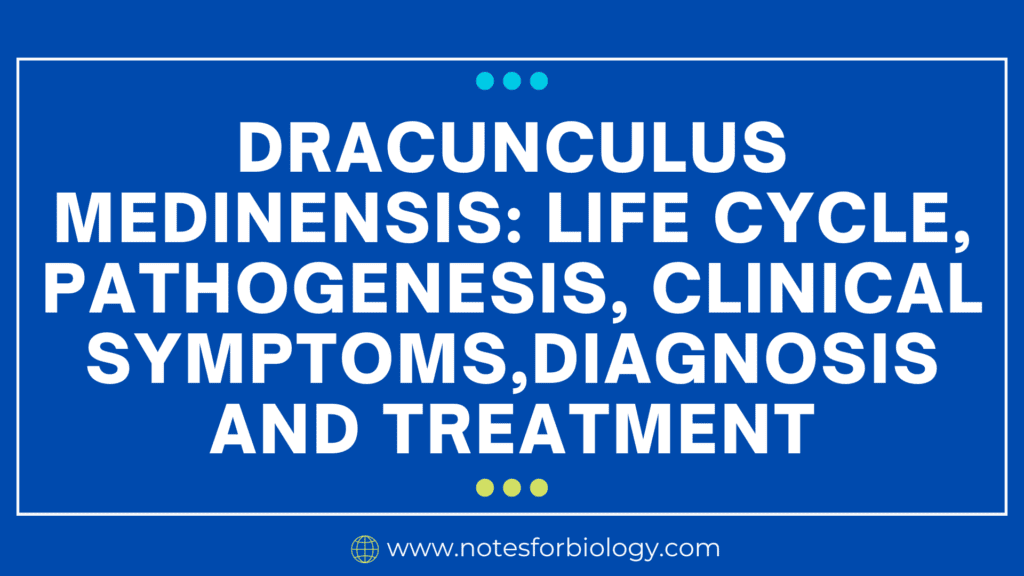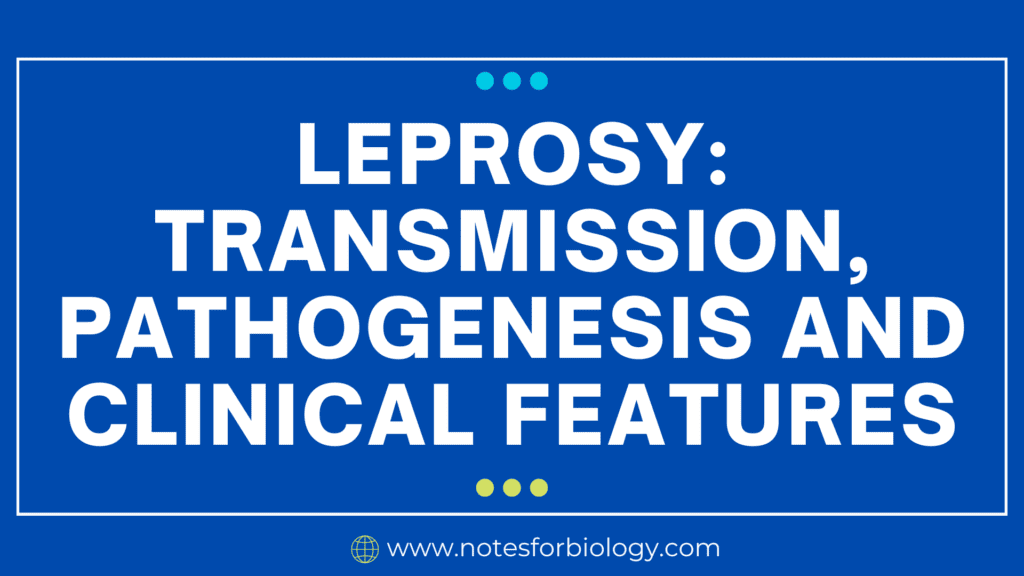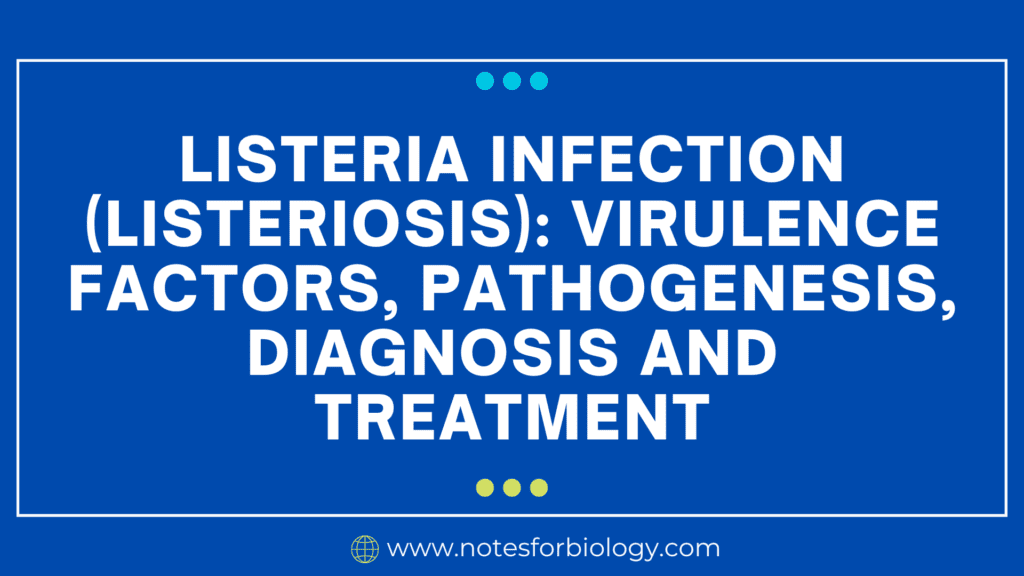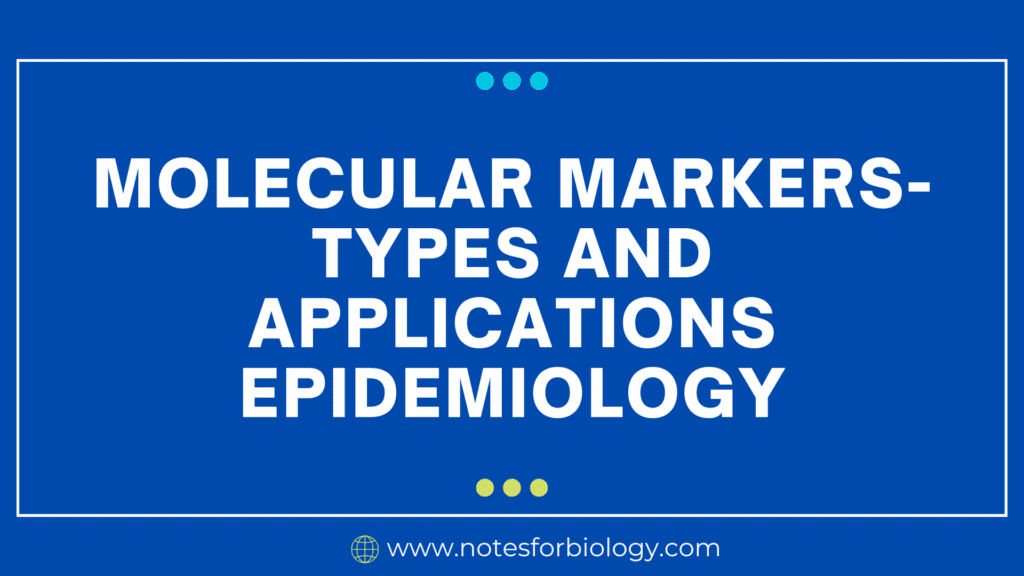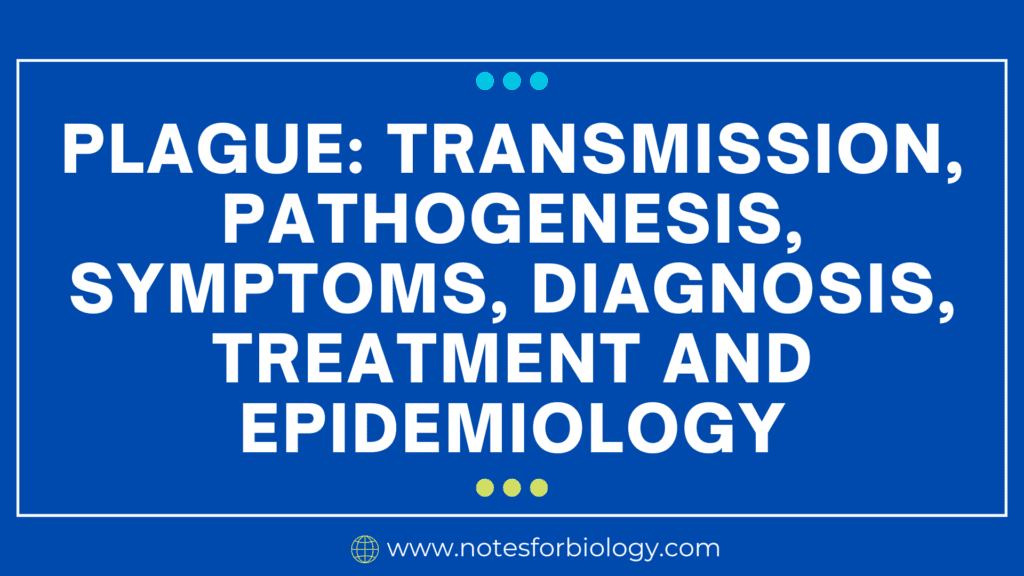Dracunculus medinensis: life cycle, pathogenesis, clinical symptoms,diagnosis and treatment
The Guinea worm, scientifically known as Dracunculus medinensis, is a parasitic roundworm that infects humans through contaminated water. This ancient scourge has plagued humanity for centuries, causing excruciating pain and disability. Understanding its life cycle, pathogenesis, and clinical manifestations is crucial for effective control and eradication. Life Cycle of Dracunculus medinensis: A Tale of Two Hosts […]

